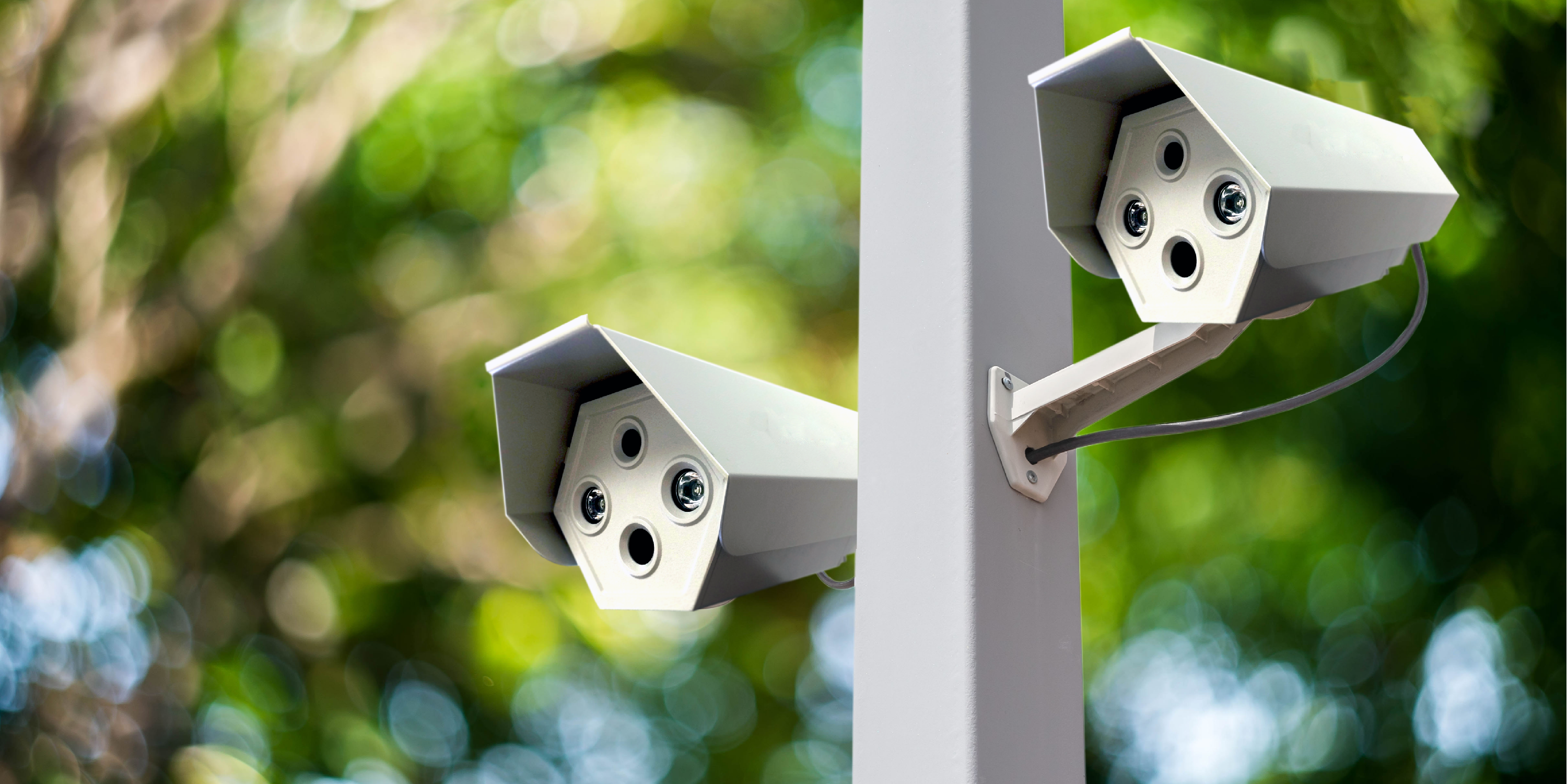Video Surveillance | Intrusion Alarms | Security Terms
What is a Thermal Camera?
Isabel is a Marketing Specialist at DGA.
Thermal cameras are intrusion devices that detect and capture thermal radiation emitted by objects and individuals. Unlike traditional cameras that rely on visible light, thermal cameras use thermal imaging.
Thermal cameras detect and measure the heat energy emitted by objects and convert it into a visual representation called a thermogram. Thermal cameras excel in challenging lighting scenarios, including near darkness or adverse weather conditions such as fog, smoke, or haze. This capability makes thermal cameras particularly valuable in applications such as outdoor perimeter surveillance.

Thermal cameras have proven to be highly useful in security, as they can reveal hidden or camouflaged targets, track movements in low-visibility environments, and identify potential threats that traditional surveillance systems may miss. They offer an additional layer of security by detecting anomalies based on temperature, enhancing situational awareness, and enabling proactive responses to potential security risks.
Thermal cameras are not a part of a video surveillance system; rather, they are a component of the intrusion detection system. These cameras use video analytics to detect human presence based on heat signature and movement, making them an effective tool for detecting intruders. In the event of an unauthorized entry, traditional security cameras would capture useful data such as a person's face, clothing, and actions for later use, while thermal cameras would send an alert notifying the relevant parties of the presence of an intruder.



